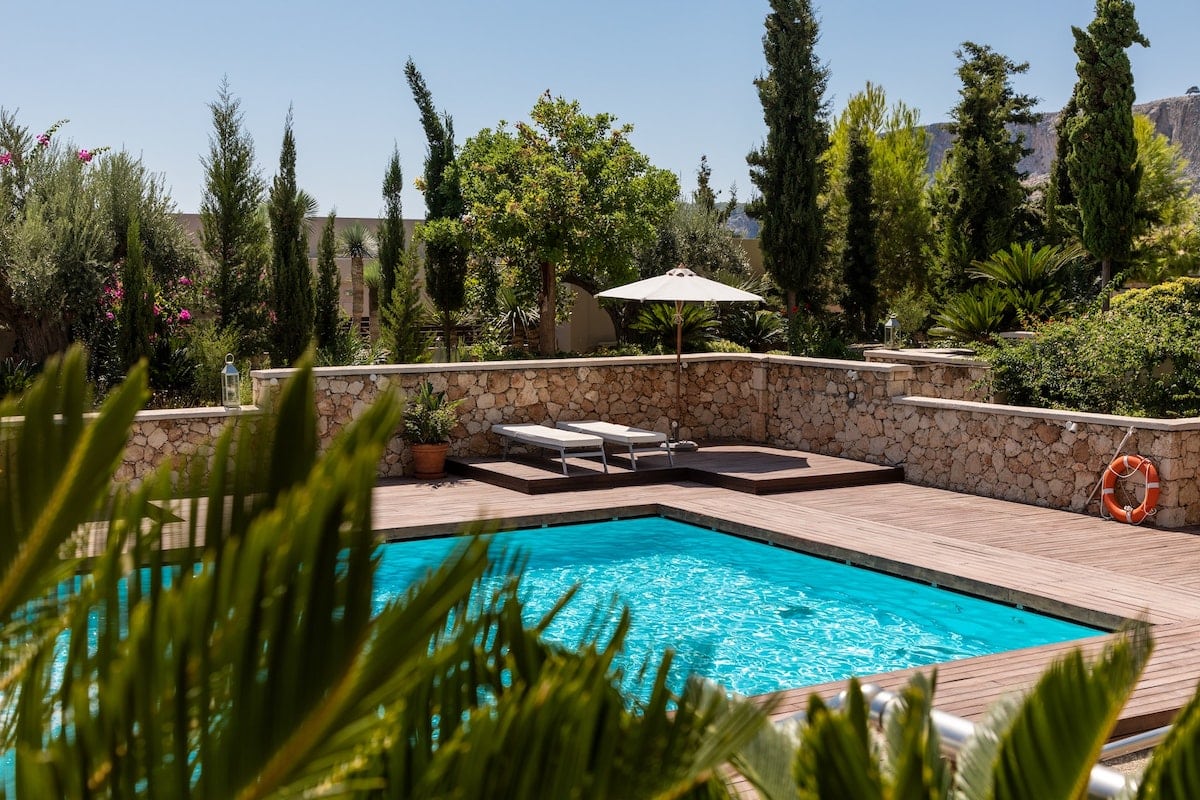Canberra summers can get hotter and are perfect for outdoor activities such as swimming in your pool. The average temperature in the summer months can range from 13 to 28 degrees. So, if you are looking forward to cool and relaxed summer, get a pool installed at your home.
It is crucial to conduct your homework and get it right the first time because you don’t want to change your pool after it is installed for your home in Canberra. You need to reserve your pool plans as soon as possible if you want to go swimming in the summer. The most important choice you will need to make is possible between a concrete or fiberglass pool in Canberra.
Knowing what you want your pool to look like is the first step in assisting you in making that choice.
Cost Factors
When comparing the prices of building and installation in Canberra, a concrete swimming pool is significantly more expensive than one made of fibreglass. Both are made out of high-quality, and durable materials.
However, creating a concrete pool will cost more because it takes a lot longer to complete, which means tradespeople must be on site for a longer period of time. The main price differences between the two pools will be caused by components like filtration systems, heating, lighting, and additional landscaping (like decking).
However, because these alternatives are often the same for concrete and fibreglass, their availability has no direct impact on cost instead the price of any material will rely on the extras.
Long-term maintenance expenses do cause some price variation. Concrete pools usually require more frequent cleaning and chemical treatment since they are more likely to develop problems like algae.
Concrete can also deteriorate more quickly, necessitating more frequent maintenance. Don’t worry about becoming too focused on these disparities, though they are assessed spanning decades.
Ease of installation
Both concrete and fibreglass pools require different installation techniques. Swimming pools constructed of fibreglass are prefabricated and cast at the factory.
This means that the only work that needs to be done on-site is to dig the hole, set the pool in place, connect the heating and lighting systems, and finish any additional landscaping. While installing a concrete pool takes months, installing a fibreglass pool simply takes a few days.
While a concrete pool is constructed on-site from the ground up, a metal lattice framework is first built, and then layers of concrete are sprayed onto it.
Appearance and Design
When installed and finished, both concrete and fibreglass pools look fantastic and the majority of people won’t be able to tell the difference between them.
Concrete may be built in any form or size, whereas fibreglass pools are only available in pre-made versions from the factory, which is where the main difference in aesthetic and design lies.
Depending on the options you select, the pool’s atmosphere may also change. The gel coating that is put over the raw fibreglass gives fibreglass pools a tendency to have a very smooth finish. Typically, concrete pools are tiled or plastered.
Durability
Concrete and fibreglass are both durable, long-lasting materials. Fiberglass is often more durable than concrete over the long haul, although it is more prone to damage and breaking from soil and ground movement.
Concrete, on the other hand, can need repairs at some point in its lifespan to withstand normal wear and strain. However, whichever material you ultimately chose, you can anticipate enjoying your new swimming pool for many years to come.


